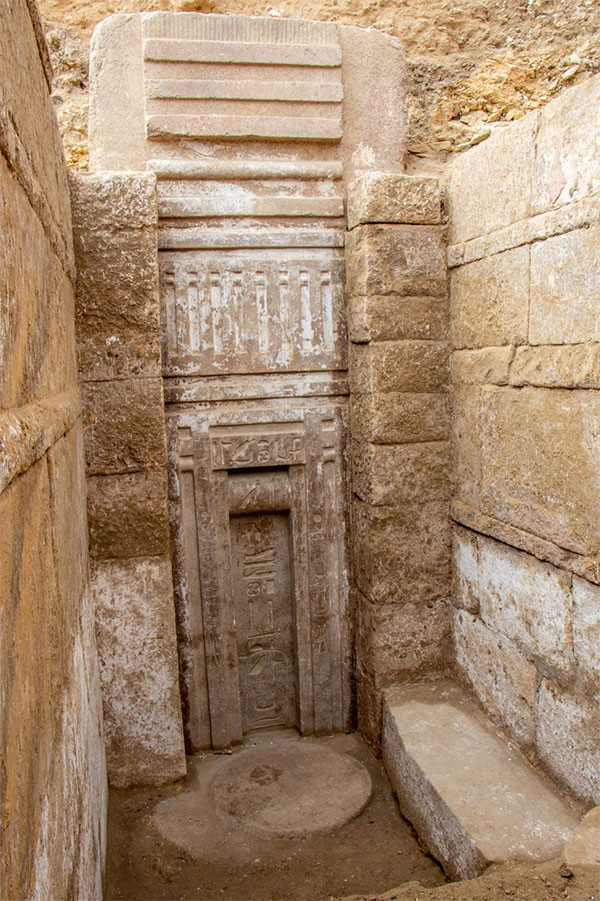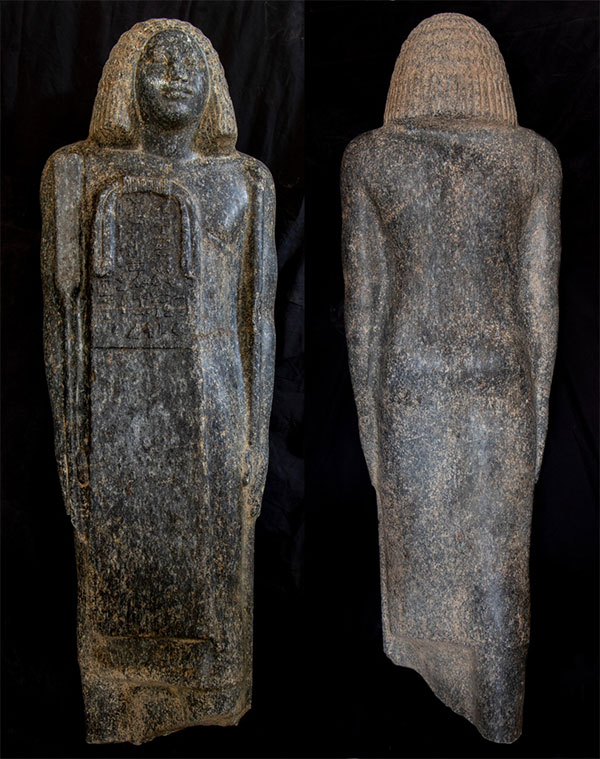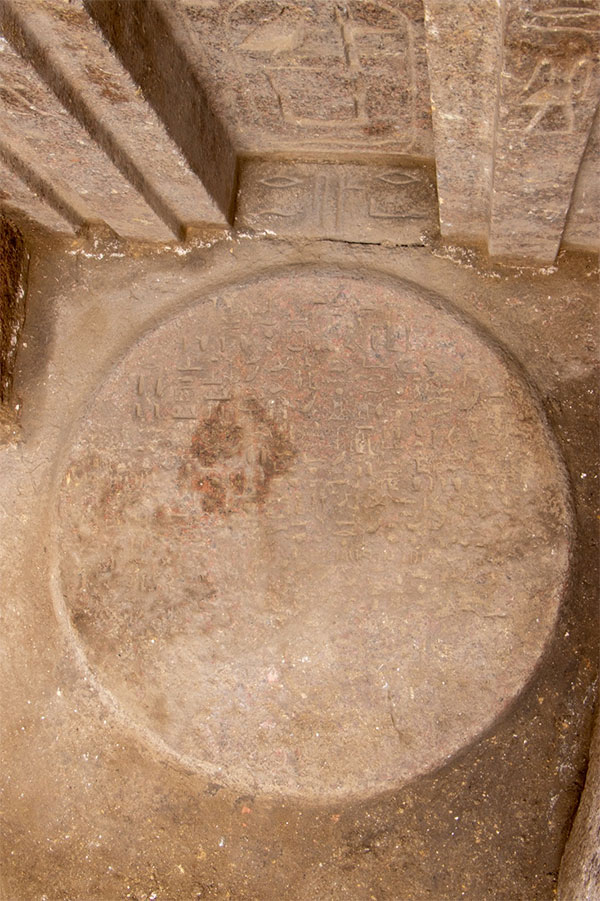An archaeological mission, a collaborative effort between Egypt’s Supreme Council of Antiquities and the Zahi Hawass Foundation for Archaeology and Heritage led by the renowned Egyptologist Zahi Hawass, has discovered the tomb of Prince Waser-If-Re. Prince Waser-If-Re was the son of King Userkaf, who founded Egypt’s Fifth Dynasty. The tomb was found in the Saqqara necropolis, alongside several important artifacts from the Old Kingdom and the Late Period.
Zahi Hawass announced this significant discovery at Saqqara. Egypt’s Minister of Tourism and Antiquities, Sherif Fathy, commended the all-Egyptian team responsible for the find, calling it “a milestone in uncovering new layers of Egypt’s rich and ancient history” and emphasizing national pride in such locally-led archaeological achievements.

One of the most remarkable finds within the tomb is a massive false door made of pink granite. Standing at 4.5 meters tall and 1.15 meters wide, it is the first of its kind found in Egypt in terms of both size and material. The door is inscribed with hieroglyphic texts detailing the prince’s titles, including “Hereditary Prince,” “Governor of Buto and Nekheb,” “Royal Scribe,” “Vizier,” “Judge,” and “Chanting Priest.”

Zahi Hawass also revealed the discovery of a statue ensemble depicting King Djoser, his wife, and their ten daughters for the first time. Preliminary analysis suggests that these statues were originally located in a chamber near Djoser’s Step Pyramid and were moved to Prince Waser-If-Re’s tomb during the Late Period. The reasons behind this relocation are currently under investigation.
Other significant finds include a red granite offering table, 92.5 cm in diameter, with detailed lists of ritual offerings inscribed on it, and a 1.17-meter-tall black granite statue of a standing male figure bearing his name and titles. This statue is believed to date back to Egypt’s 26th Dynasty, indicating that the tomb was reused in later periods. A secondary granite entrance on the eastern facade of the tomb was also found, featuring inscriptions of the tomb owner and a cartouche of King Neferirkare. Furthermore, the mission unearthed 13 pink granite statues carved and placed on high-backed chairs – a first of its kind in Saqqara. These include statue heads believed to represent the prince’s wives, along with two headless figures and a toppled black granite statue measuring 1.35 meters in length, found in the same context.

Excavations continue at the site, which is considered one of the most significant tombs uncovered in the Saqqara region. The area remains central to understanding Egypt’s dynastic and cultural evolution.
Source: State Information Service





